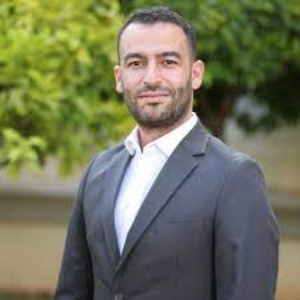Title : Design of novel ZnO nanostructures for enhancing the photocatalytic degradation of organic pollutants
Abstract:
In recent years, photocatalysis has emerged as an eco-friendly method for the degradation of various types of organic pollutants in liquid and gas phases. More precisely, photocatalysts like Zinc oxide (ZnO) offer various advantages including low cost, chemical–physical stability, and environmental friendliness. However, this promising new catalytic platform suffers from major drawbacks such as i) fast photogenerated electron–holes recombination; ii) restricted visible-light response ability and iii) low specific surface area of photocatalysts. To address these aspects, three different strategies will be adopted. The first one consists of understanding the degradation mechanisms on molecular and particle scales while the second one entails the design of highly porous and nanostructured ZnO by hydrothermal and sol gel processes. Finally, in the third strategy the novel ZnO nanostructures are coupled with Fenton process to accelerate the degradation kinetics and improve the removal of pollutants in water flow.
Audience Take Away:
• Explain how the audience will be able to use what they learn?
The audience will be able to use the developed methods in this study to apply advanced oxidation processes such as photocatalysis and Fenton processes in wastewater treatment.
• How will this help the audience in their job?
People working on the removal of recalcitrant organic molecules could use these environmentally friendly techniques to improve the efficiency of their systems without the addition of external energy.
• Is this research that other faculty could use to expand their research or teaching?
This research gives new insights about the latest advances in Zinc oxide nanostructuration for photocatalytic applications.
• Does this provide a practical solution to a problem that could simplify or make a designer’s job more efficient?
This study provides new approaches to treat organic pollutants, making the design of photocatalytic reactors more facile and practical.



